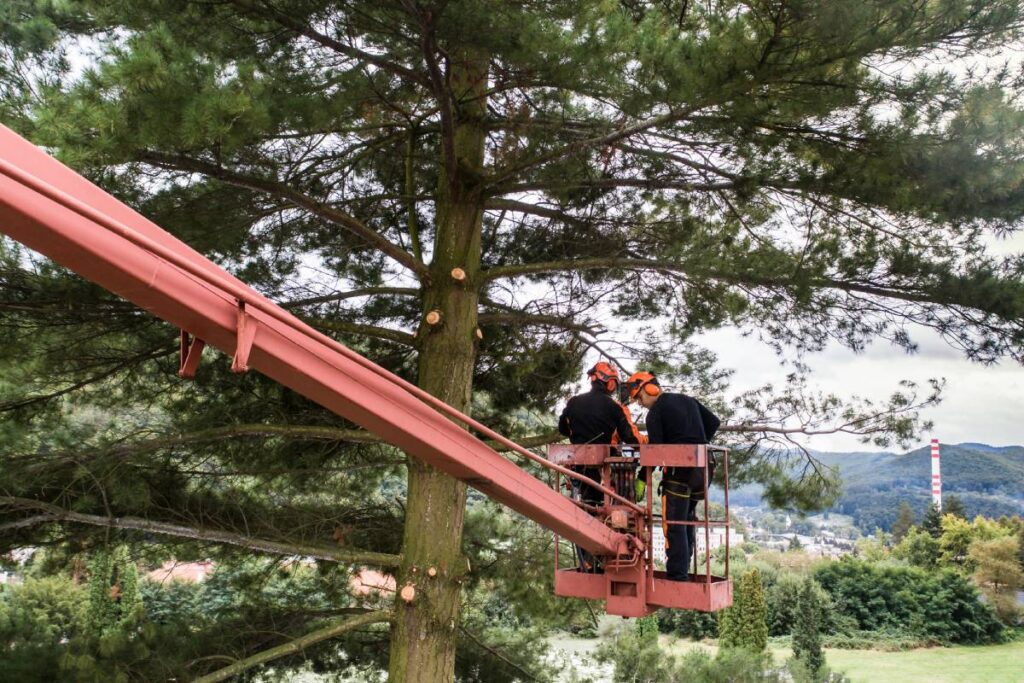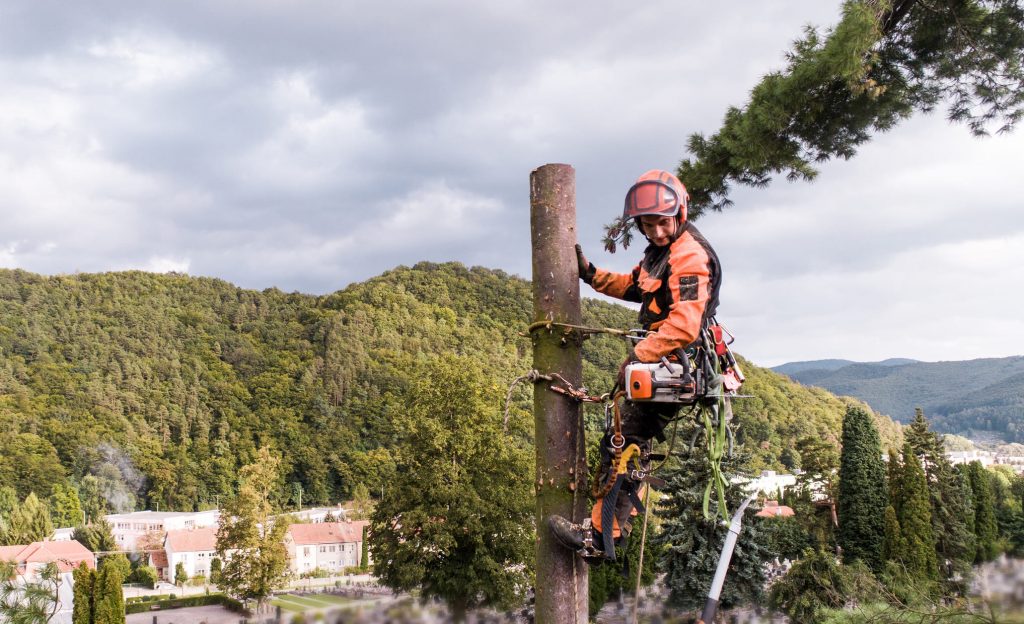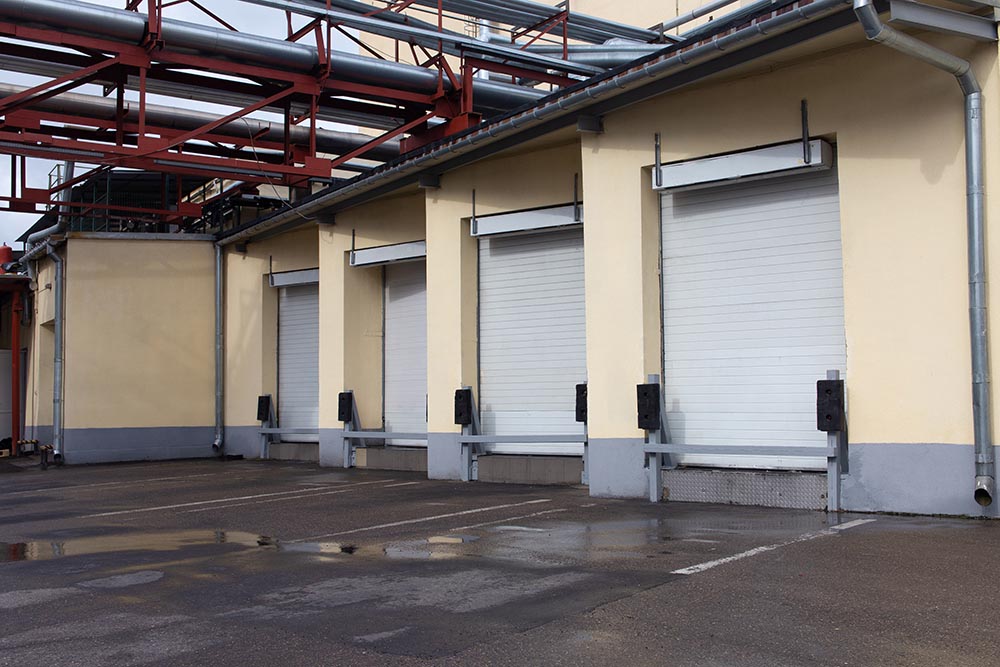What Are Tree Reductions? What Are the Benefits of Tree Reduction?

Trees are among the most valuable components of both natural landscapes and built environments. They offer shade, oxygen, aesthetic appeal, ecological benefits, and increased property value. However, trees also require proper care to stay healthy, safe, and structurally sound. One of the most effective and often misunderstood tree care practices is tree reduction.
Tree reduction is frequently confused with topping or aggressive pruning, but it is fundamentally different. Done correctly, tree reduction preserves the tree’s natural form, improves stability, and maintains long-term health. This article explores what tree reductions are, how they are performed, and the many benefits they offer for both trees and the spaces they inhabit.
What Is Tree Reduction?
Tree reduction is a pruning technique that decreases the overall size of a tree’s canopy by selectively removing branches back to suitable lateral limbs. The goal is not to cut the tree down to arbitrary stubs as in topping, but to reduce height or spread while preserving the tree’s structural integrity and natural growth pattern.
In a reduction pruning cut, branches are shortened by cutting them back to a lateral branch that is large enough to assume the terminal role. Typically, this lateral branch should be at least one-third the diameter of the branch being removed. This ensures the remaining limb can continue guiding growth without leaving weak or unhealthy stubs.
In simple terms:
- Tree topping = cutting branches to random points, leaving stubs
- Tree reduction = cutting branches back to healthy lateral limbs to maintain structure
Tree reduction is carried out by trained arborists who understand tree biology, branch structure, and growth responses. It is often used on mature trees where preserving the existing structure is important, but controlling size is necessary.

When Is Tree Reduction Used?
Tree reduction is useful in a variety of circumstances, including:
1. Managing Tree Size
Some trees outgrow the space they occupy. Whether planted too close to a building, utility line, driveway, or other structure, they may begin to cause problems as they expand.
Reduction helps decrease height or spread without removing the entire tree. This is especially valuable for trees that contribute significant environmental or aesthetic value to a site.
2. Reducing Weight on Heavy Limbs
Large, overextended branches can pose a risk of breakage. By reducing the length of these limbs, arborists can decrease the mechanical stress load and lower the chance of limb failure.
3. Improving Structural Balance
An unbalanced crown where one side is much heavier or longer can create instability, especially during storms. Reduction pruning helps restore symmetry and reduces the risk of uprooting or splitting.
4. Managing Risks for Storm-Prone Areas
Hurricanes, strong winds, and snow loads can place significant stress on tree structures. Reduction pruning mitigates risk by decreasing canopy mass and improving wind or snow load distribution.
5. Clearing Space
Tree reduction is often used to create clearance for:
- buildings
- walkways
- driveways
- traffic visibility
- power lines (though utility line clearance follows specific standards)
Instead of removing an entire limb or the entire tree, reduction offers a controlled approach to making needed space.
6. Preserving Mature or Heritage Trees
Older trees may not tolerate heavy pruning or topping. Reduction is gentler and helps prolong the life of a mature tree while still addressing growth constraints.
How Tree Reduction Is Performed
While the specifics vary by tree species and site conditions, tree reduction generally follows these principles:
- Assessment
Arborists evaluate the tree’s health, structure, growth direction, defects, and surrounding environment. - Identifying Target Branches
Only branches that contribute to excess height, spread, or structural risk are selected for reduction. - Selective Pruning
Cuts are made back to lateral branches that can assume the role of the removed limb. This thinning-out approach, rather than blunt cutting, promotes natural regrowth. - Maintaining Natural Form
The overall appearance and branching pattern of the tree are preserved. The goal is a slightly smaller but still natural-looking canopy. - Post-Pruning Monitoring
Healthy trees respond well to reduction, but follow-up inspections help ensure no pests, wounds, or structural issues arise.

Benefits of Tree Reduction
Tree reduction offers numerous advantages for trees, property owners, and ecosystems. Below are the primary benefits.
1. Improved Tree Health
When performed properly, tree reduction promotes long-term health by focusing on selective, biologically appropriate cuts. It removes damaged, diseased, or weakened branches, improving airflow and light penetration. Better light distribution allows inner foliage to grow more vigorously, and improved airflow reduces risks of fungal infections.
Unlike topping, which causes stress and promotes weak, rapid shoots known as “watersprouts,” reduction encourages healthier, more controlled growth patterns.
2. Enhanced Structural Integrity
One of the biggest benefits of tree reduction is a stronger structure. By shortening long, overextended limbs, arborists reduce mechanical stress that can lead to:
- branch failure
- trunk splitting
- canopy imbalance
- uprooting during storms
Reduction cuts redirect growth to healthier lateral branches, reinforcing the natural architecture of the tree.
3. Improved Safety for People and Property
Overgrown or poorly structured trees can pose hazards, especially in residential or urban areas. Reduction pruning minimises risks by reducing the weight on vulnerable limbs and controlling the size. This protects:
- homes
- vehicles
- roofs and gutters
- fences
- outdoor living areas
- pedestrians
- utility infrastructure
Storm-related damage is one of the most common causes of costly repairs; tree reduction helps prevent these incidents.
4. Preserving Tree Form and Beauty
A well-performed tree reduction enhances appearance rather than harming it. By maintaining the natural branch architecture, reduction pruning results in a balanced, aesthetically pleasing canopy. This is especially valuable for ornamental trees where shape and symmetry are essential.
5. Extending the Life of Mature Trees
Mature trees can suffer if allowed to expand unchecked, especially in confined spaces. Large, heavy branches are more likely to fail, and declining structural stability can shorten the lifespan of older trees.
Reduction pruning:
- Decreases limb stress
- encourages healthier regrowth
- prevents decline caused by structural overload
- reduces competition among branches
For heritage or historically significant trees, reduction is often the best option for preserving longevity.
6. Preventing the Need for Tree Removal
Tree reduction often serves as an alternative to removal when a tree gets too large for its environment. Rather than cutting down an entire tree along with the loss of shade, habitat, and environmental benefits, reduction allows property owners to keep the tree while managing its size and risks.
Replacing a mature tree can cost significantly more than maintaining it through proper pruning.
7. Increased Clearance Without Harming the Tree
Whether it’s pedestrians needing headroom, drivers requiring visibility, or buildings needing space, reduction pruning allows selective height or spread control without drastic cuts. This is far less damaging than topping or clear-cutting limbs.
8. Better Adaptation to Urban Environments
Urban trees face unique challenges, including:
- limited soil volume
- compacted soil
- pollution
- artificial lights
- heat islands
- restricted canopy space
Tree reduction helps trees adapt to these environmental stressors by keeping their structure manageable and healthy within limited space constraints.
9. Mitigation of Storm Damage Risks
In regions with heavy winds, snow, or thunderstorms, trees with dense, heavy crowns are more susceptible to breakage. Reduction pruning thins and shortens branches, decreasing wind resistance and ice accumulation. This preventive approach protects not only the tree but the surrounding area.

Tree Reduction vs. Topping: Why the Distinction Matters
Topping is one of the most harmful pruning practices. It involves cutting branches to random lengths, resulting in:
- large, open wounds
- decay and infection
- weak, rapidly sprouting branches
- increased long-term maintenance
- an unnatural, unsightly appearance
- A higher risk of limb failure
Tree reduction, on the other hand:
- uses selective cuts
- maintains structural integrity
- reduces stress
- enhances aesthetics
- promotes healthy regrowth
Understanding this difference is critical, as improper pruning can permanently damage or even kill a tree.
Conclusion
Tree reduction is one of the most valuable and scientifically grounded methods of tree care. It restores structure, improves safety, enhances health, and helps trees flourish in both urban and natural environments. Proper reduction pruning not only ensures the long-term vitality of the tree but also protects property, enhances beauty, and prevents expensive problems in the future.
Whether a tree is growing too close to a structure, developing unbalanced limbs, or simply becoming too large for its space, tree reduction offers a smart, sustainable solution. For homeowners in Western Australia, experienced professionals such as Wiktora Bros Tree Works in Mandurah provide expert reduction pruning tailored to the needs of each tree and landscape.
Recent Posts
Recent Comments

What Are Tree Reductions? What Are the Benefits of Tree Reduction?

What does an arborist study? What skills do you need to be an arborist? What does an arborist do? How much is an arborist paid?

How often should you change your car battery? What are the signs that your car battery is going bad? What happens when a car battery is low? How can I test my car battery?

What size loading ramp do I need? Are arched ramps better? Are loading ramps safe? How much do aluminium ramps cost?

What Are Tree Reductions? What Are the Benefits of Tree Reduction?

Can You Transport Your Yacht Interstate Yourself?

How to Get Rid of Ants in Your Lawn: A Complete Guide


